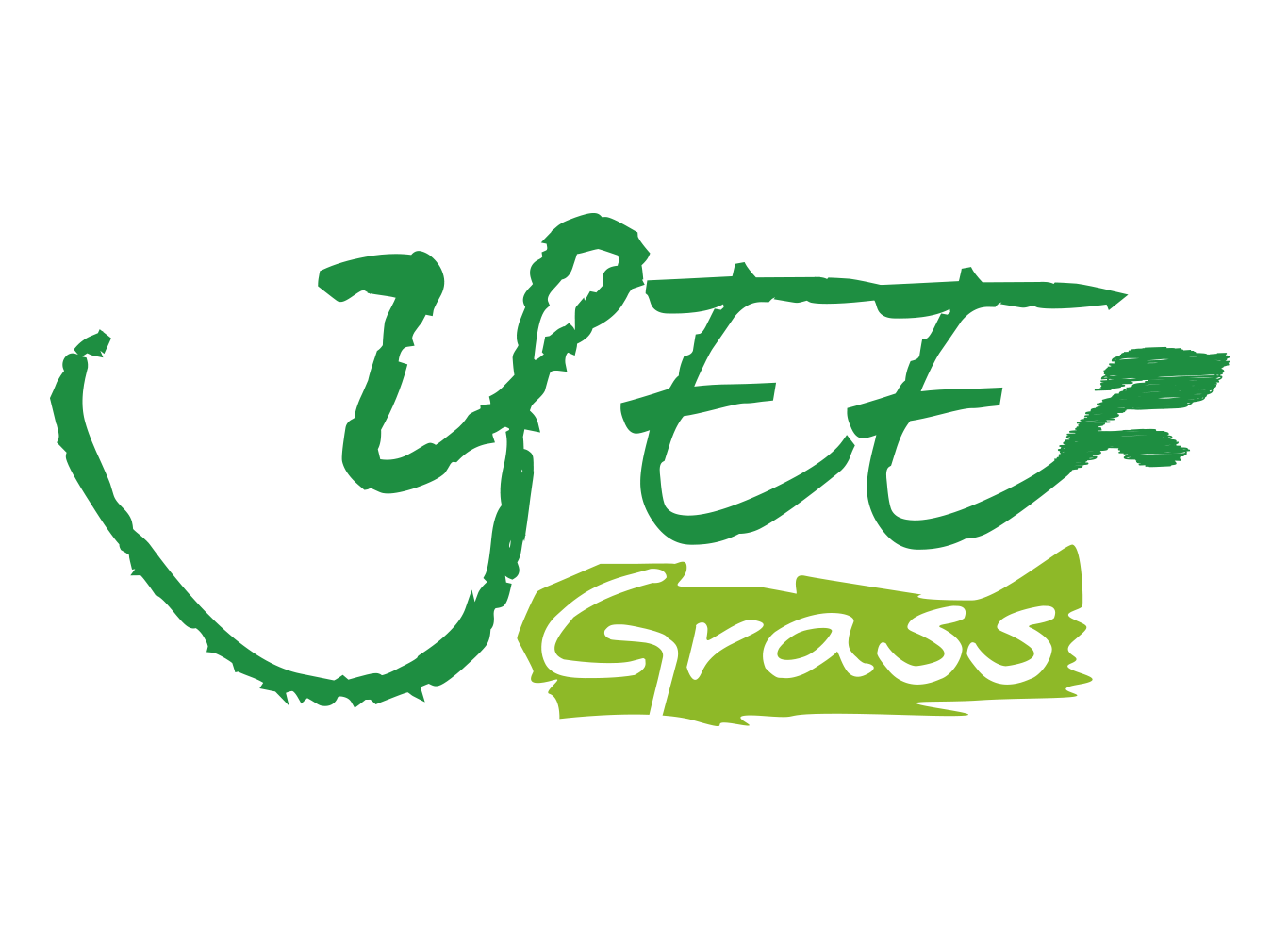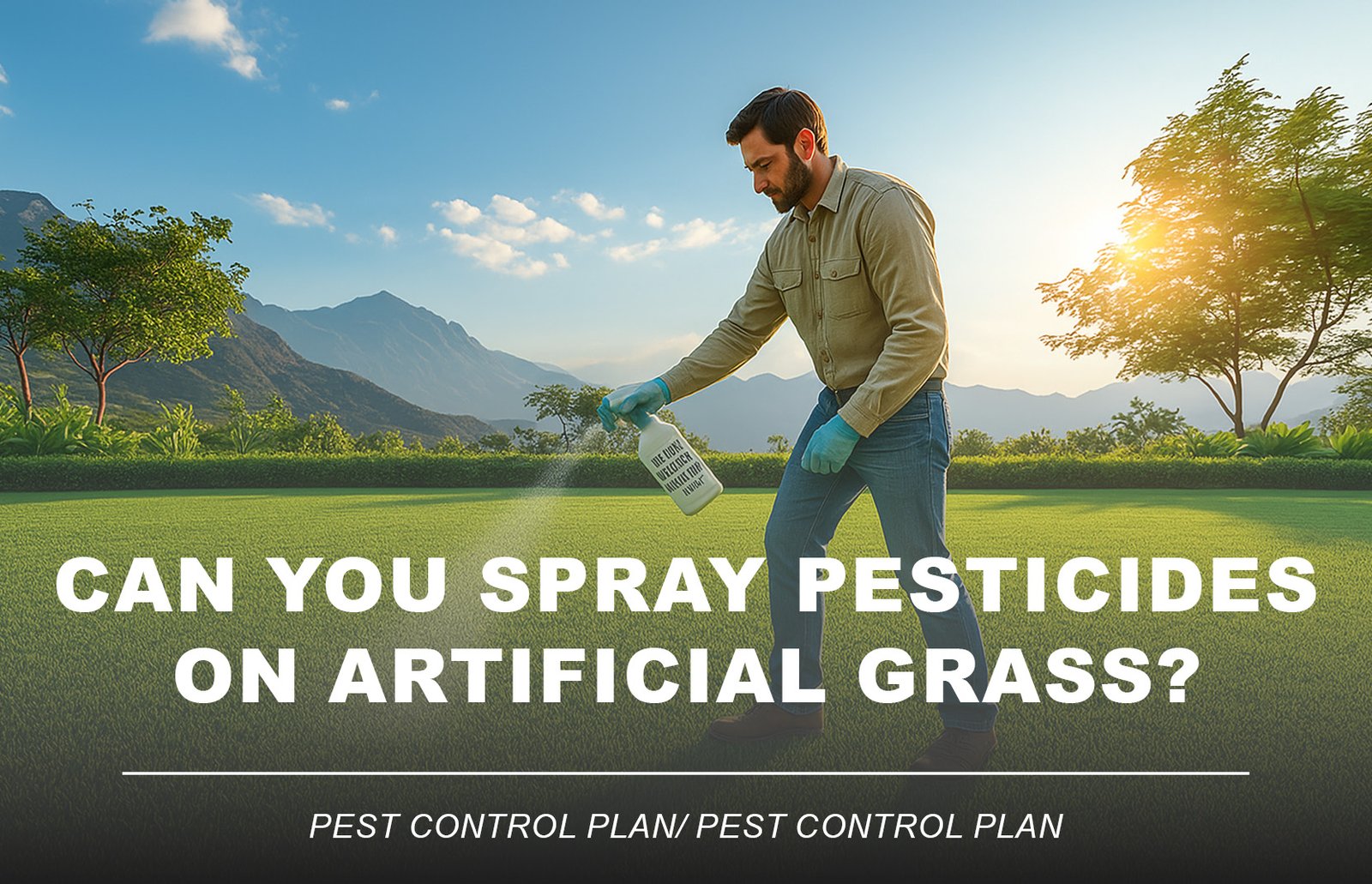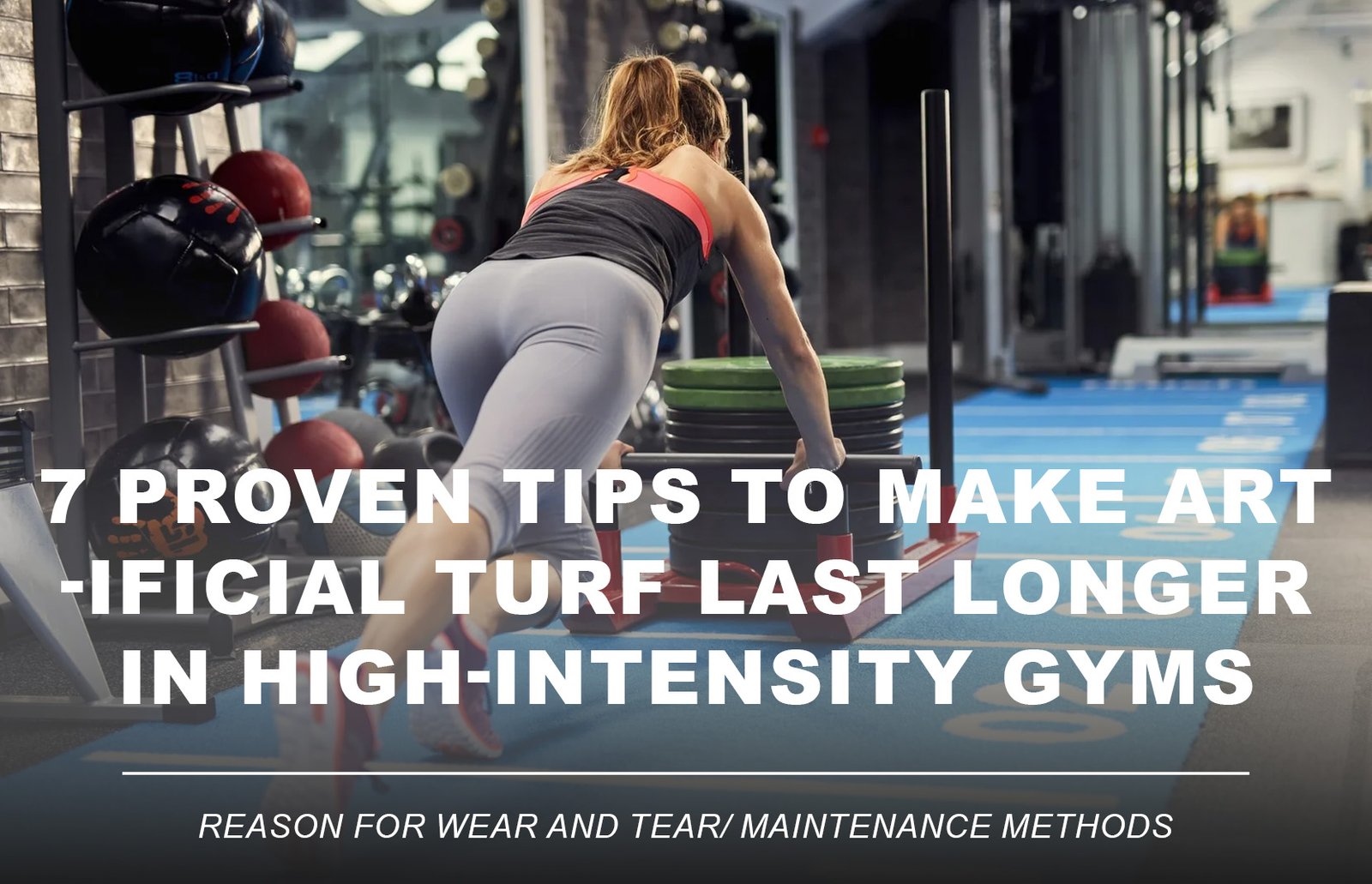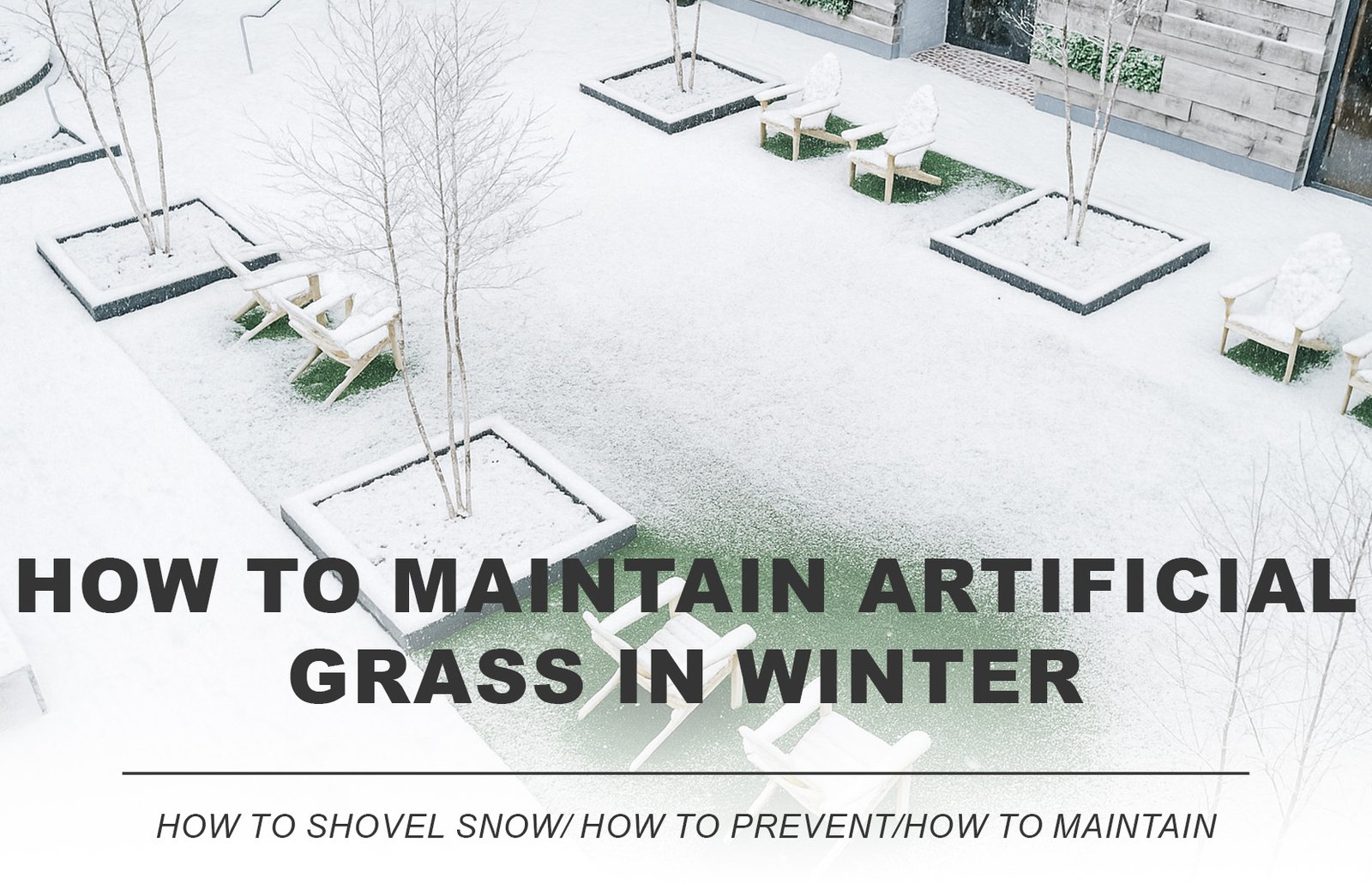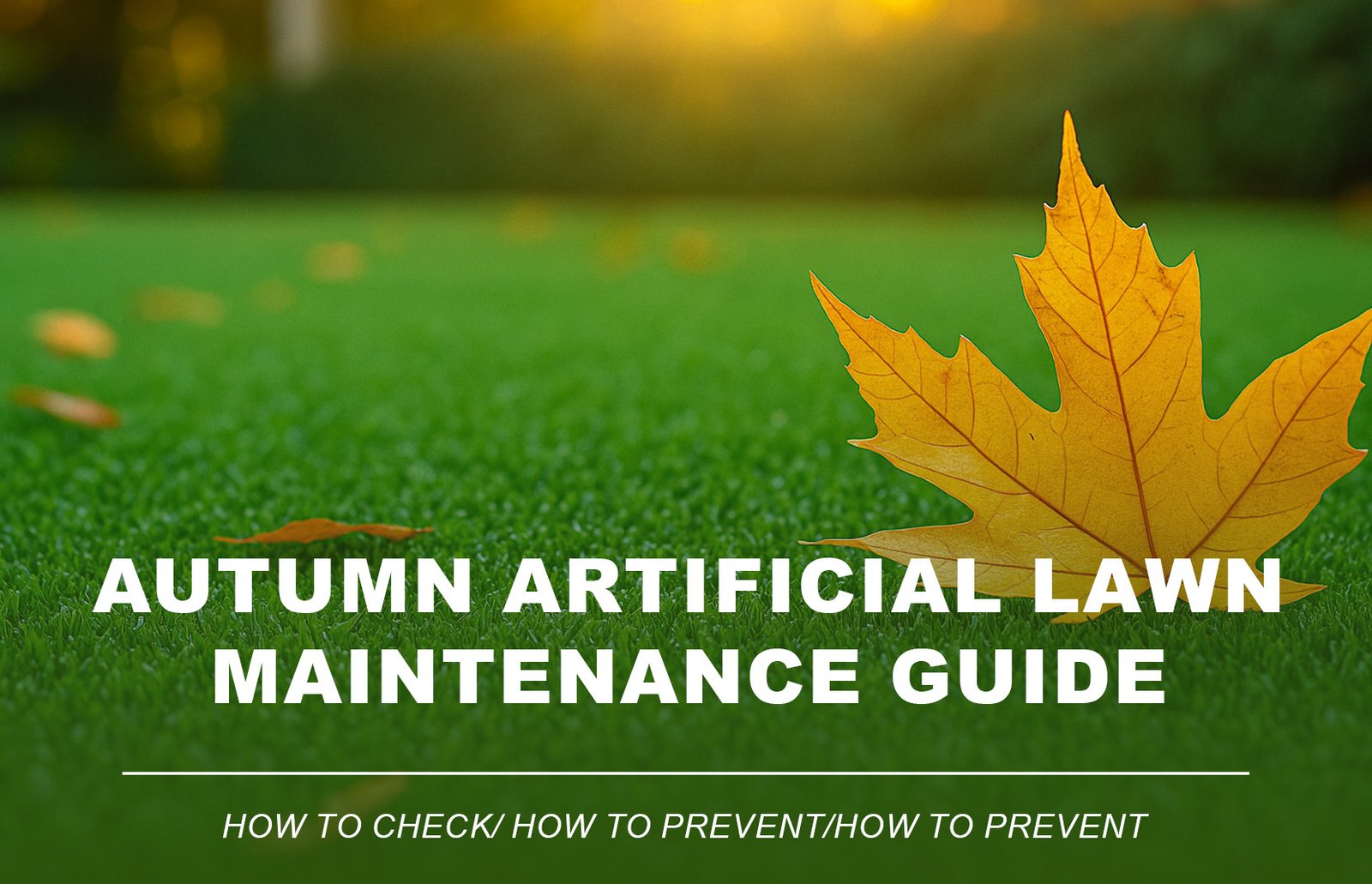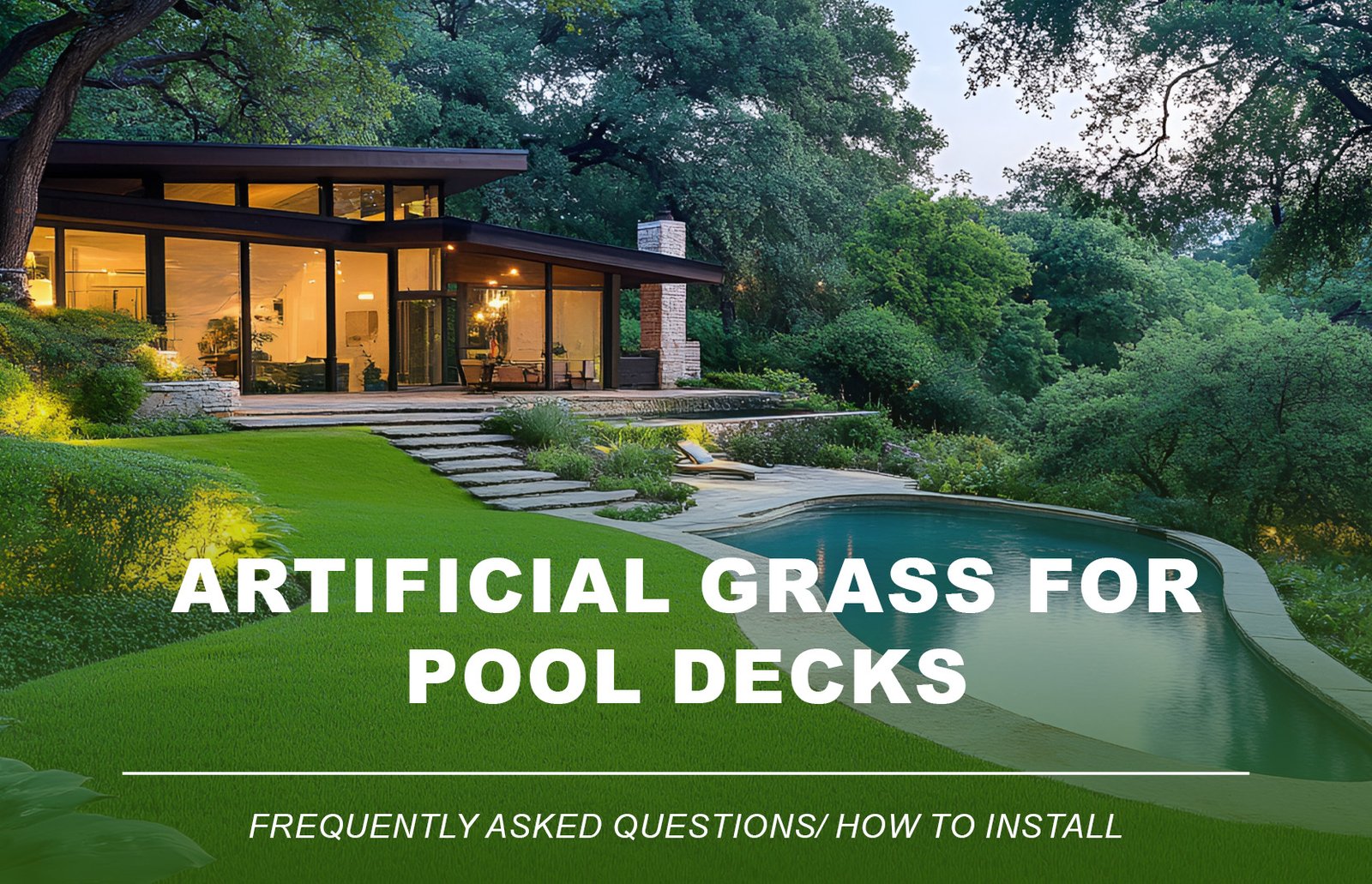
Yes, but only if you choose the right products.
Artificial grass, commonly made from polyethylene or polypropylene, can be sensitive to harsh chemicals. Spraying pesticides on artificial grass without proper precautions may cause discoloration, fiber degradation, or damage to the adhesive backing.
1.Safe Application Tips for Pesticides on Synthetic Turf:

• Use non-corrosive, turf-safe insecticides for artificial grass
• Avoid products containing chlorine, strong solvents, or acids
• Target high-risk areas like seams, edges, and infill pockets
• Always follow the manufacturer’s instructions when applying pesticides on turf
2.Best Insect Control Methods for Synthetic Turf
(1)Eco-Friendly, Natural Pesticides for Artificial Lawns
Great for households with pets or children, these natural pest control methods for artificial grass offer a safe alternative:
• Essential oil sprays (eucalyptus, peppermint, clove)
• Diatomaceous earth – a natural dust that dehydrates bugs


Pros: Biodegradable, non-toxic, safe for turf and humans
Cons: Requires more frequent reapplication than chemical options
(2)Low-Toxicity Chemical Pesticides for Artificial Turf

If natural solutions aren’t sufficient, consider low-toxicity insecticides for artificial grass:
• Products labeled synthetic grass-safe or lawn-safe
• Active ingredients: permethrin, pyrethrin, etc.
• Apply during cool hours, and rinse after use to protect turf fibers
Pros: Long-lasting and effective
Cons: Limit access for 24 hours after application to keep your turf safe
(3)Professional Turf Pest Control Services



Ideal for commercial synthetic lawns or large-scale turf installations:
• Steam-based insect treatment for artificial turf
• Biological control agents like beneficial nematodes
• In severe cases, complete infill replacement may be needed
3.Safety Precautions When Using Pesticides on Turf

To ensure artificial grass pest control doesn’t damage your lawn or endanger users:
• Never apply during peak heat or direct sun exposure
• Keep children and pets away from treated turf for at least 24 hours
• Rinse with clean water after application
• Wear gloves and follow safety instructions from product labels
4.How to Prevent Insect Problems in Artificial Grass Lawns




Prevention is key when it comes to minimizing bug problems in artificial lawns:
• Sweep or blow turf weekly to remove organic debris
• Clean pet urine and solid waste immediately
• Maintain dry, well-drained infill to deter moisture-loving pests
• Use turf edging to block soil-based insect migration
5.Final Thoughts: Safe and Effective Artificial Grass Pest Solutions
Although insects on artificial turf are less common than on natural lawns, they can still be a nuisance. The good news? You can safely apply pesticides on synthetic grass if you follow best practices and use pet-safe, turf-compatible products.
Whether you’re maintaining a residential lawn, school playground, or commercial turf area, proper care can help you avoid bug infestations in artificial grass. At GreenJoy Turf, we offer tailored pest control solutions and eco-friendly product recommendations to help you keep your synthetic lawn clean, bug-free, and family-friendly.
